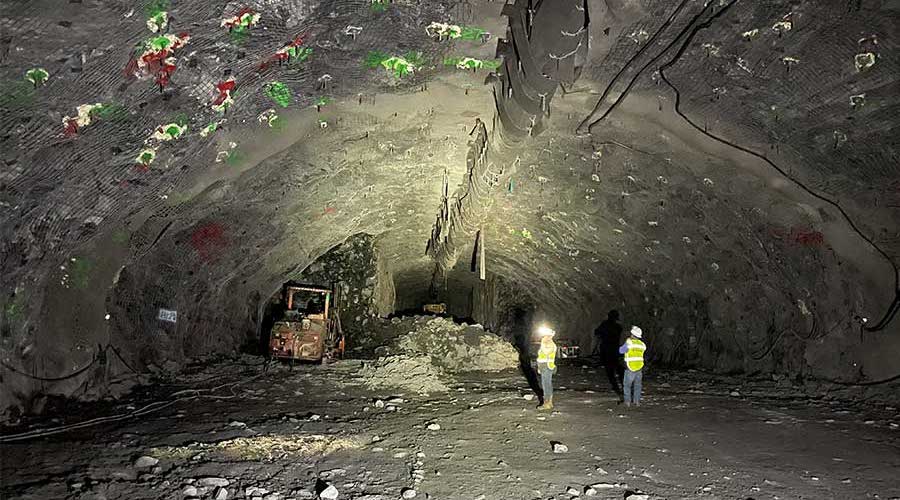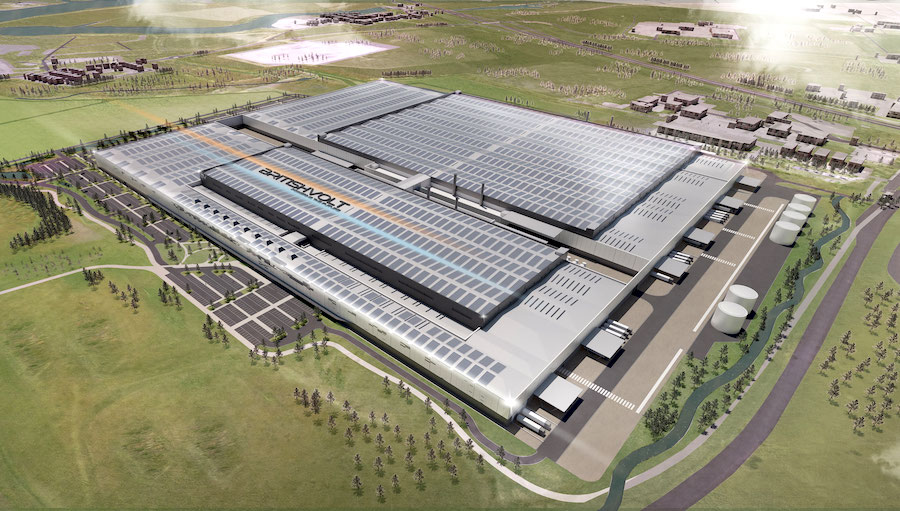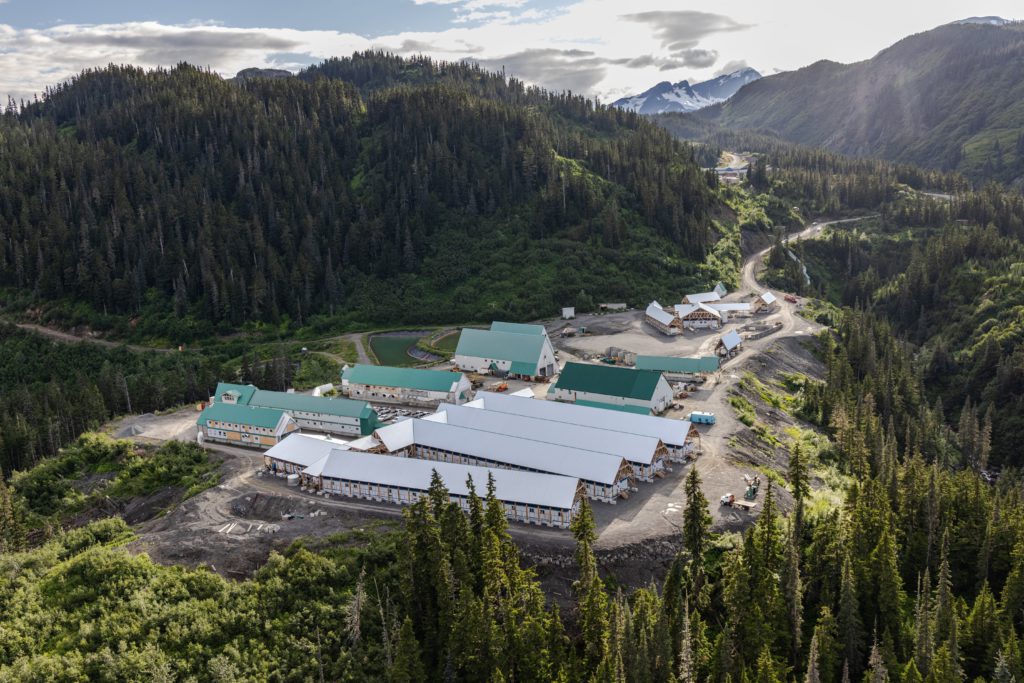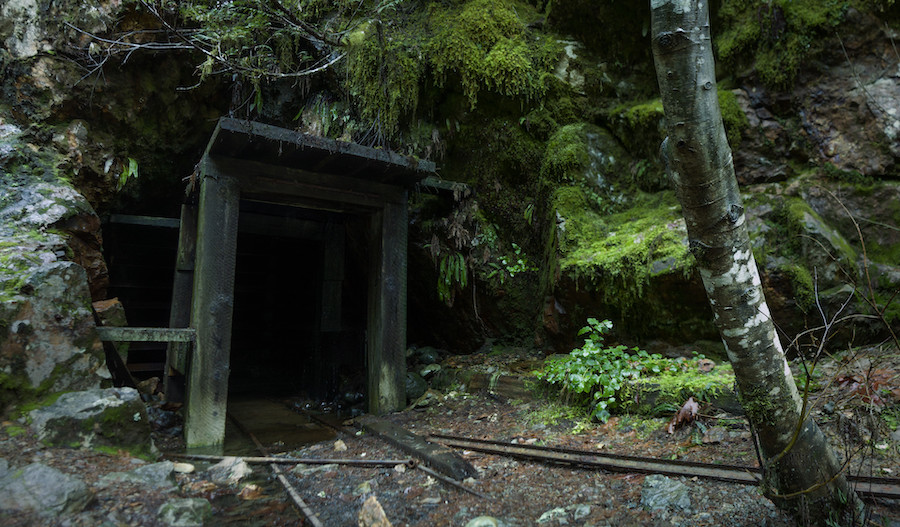The Truth Behind European Big Oil’s Bet On Hydrogen
- European governments are betting increasing amounts of cash on a hydrogen revolution.
- Report: Of the refining sector’s €39 billion in planned investments in alternative fuels till 2030, nearly 75% will go towards increasing biofuels production.
- The lion’s share of big oil’s green investments in downstream is focusing on bringing down carbon-intensity of their refinery operations.
Back in 2020, the European Union set out its new hydrogen strategy as part of its goal to achieve carbon neutrality for all its industries by 2050. The regional bloc outlined an extremely ambitious target to build out at least 40 gigawatts of electrolyzers within its borders by 2030, or 160x the current global capacity of 250MW. The EU also plans to support the development of another 40 gigawatts of green hydrogen in nearby countries that can export to the region by the same date. The EU also aims to have at least 6 gigawatts of clean hydrogen electrolyzers installed by 2024. But it appears European oil majors are only willing to dance to their own tune. A new study on behalf of Transport & Environment (T&E) has revealed that whereas Shell Plc (NYSE: SHEL), BP Plc (NYSE: BP), TotalEnergies SE (NYSE: TTE), ENI S.p.A (NYSE: E) and Repsol SA (OTCQX: REPYY) are actively investing in hydrogen, the lion’s share of their green investments are aimed at lowering the carbon intensity of their refinery operations rather than developing green transport fuels.
Related: Freeport LNG Denies Reuters Report Claiming Further Restart Delay
Indeed, the study has found that of the refining sector’s €39 billion in planned investments in alternative fuels till 2030, nearly 75% will go towards increasing biofuels production. New advanced biofuels (HVO) plants will receive €2 to €3 billion in investments, doubling production capacity to 10 megatonnes by 2030, with the T&E analysis saying that’s 4 times higher than what can be sustainably sourced in the EU.
“Oil producers are promoting hydrogen as their big bet for the future, but in reality their investments in green hydrogen are pitiful. Instead they are focusing their new refining capacity on biofuels which cannot sustainably supply the world’s transport needs. This is not an industry pushing the boundaries of clean technology,” Geert Decock, electricity and energy manager at T&E, has said.
The oil refining industry is one of the key consumers of hydrogen right now, but most refineries are using “gray hydrogen”--derived from fossil fuels, rather than clean, green hydrogen. The T&E study says that oil companies plan to invest around €6.5bn in so-called ‘low carbon’ blue hydrogen to clean up their production processes, double what they are spending on the production of green hydrogen and e-fuels.
“Where oil producers are investing in hydrogen, most is going towards replacing dirty gray hydrogen operations with blue hydrogen, which still uses polluting fossil gas. Instead of wasting their time on easy, short-term solutions, oil refiners should switch to producing green hydrogen and e-fuels for ships and planes today,” Geert Decock has concluded.
Betting On Hydrogen
Still, European governments are betting increasing amounts of cash on a hydrogen revolution in a bid to reduce carbon emissions and meet its industrial ambitions. European Commission President Ursula von der Leyen recently promised a €3 billion investment vehicle, dubbed a hydrogen bank, that will “help guarantee the purchase of hydrogen” by spurring demand using money from the EU Innovation Fund.
The continent has already seen €13 billion in state aid approvals for national and cross-border projects so far. These include €5.4 billion for Hy2Tech, a cross-border initiative that aims to perfect hydrogen technology; €5.2 billion for Hy2Use which will invest in applications in hard-to-decarbonize sectors such as cement, steel and glass; more than €2 billion for German projects in steel; €220 million for a Spanish plant and €194 million for a Romanian plant. The EU hydrogen strategy comes with a hefty price tag estimated at $430B. The European Commission has set a target to boost hydrogen’s share to 14 percent of the EU’s final energy demand by 2050. Last year hydrogen accounted for a mere 2.5 percent of the world’s final energy demand.
Good news for natural gas companies: Although Brussels clearly favors “green” hydrogen produced by renewable energy, it has signaled that it will also encourage the development of "blue" hydrogen that is produced from natural gas paired with carbon capture and storage (CCS). The EU has said that hydrogen will play a key role in helping decarbonize manufacturing industries and the transport sector. The organization says it will support blue hydrogen during a "transition phase," although it has not mentioned it in its topline targets. The bloc plans to invest €18 billion in blue hydrogen projects.
The decision by European policymakers to support blue hydrogen came after years of hard lobbying by more than 30 energy companies including ExxonMobil, ENI, Shell, Total, Equinor ASA (NYSE: EQNR) and other European natural gas companies which called for a ‘‘technology-neutral strategy’’ arguing that renewables such as wind and solar cannot grow fast enough to power the “clean hydrogen” sector to meet decarbonization goals. The signatories have claimed the green hydrogen industry is currently too small to spark the growth of a large-scale European hydrogen economy in the space of just a decade.
By Alex Kimani for Oilprice.com








